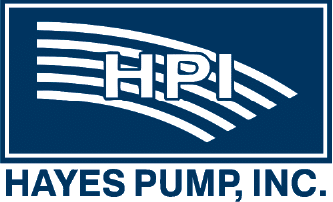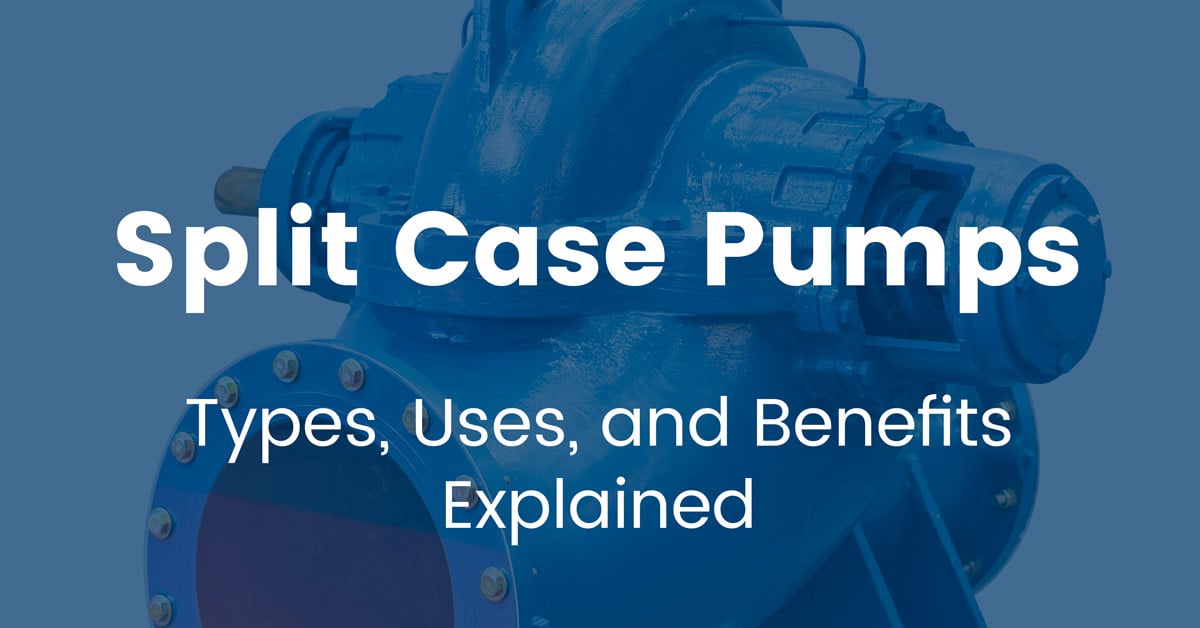
Hayes Blog

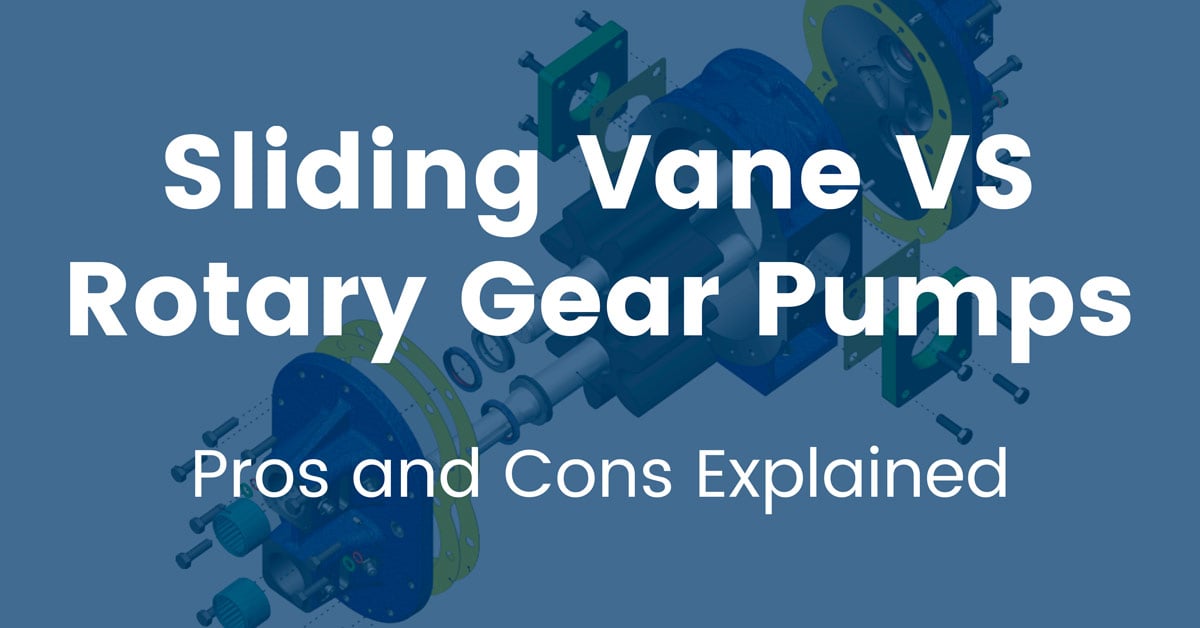
Sliding Vane vs Rotary Gear Pump Pros and Cons
With so many choices available for industrial pumps, the selection process often comes down to carefully evaluating the needs of the industry and choosing a pump that will be efficient and reliable in a specific application.
The case is no different when selecting sliding vane and rotary gear pumps. While both are types of positive displacement pumps, there are nuances that make one or the other better suited for a particular application.
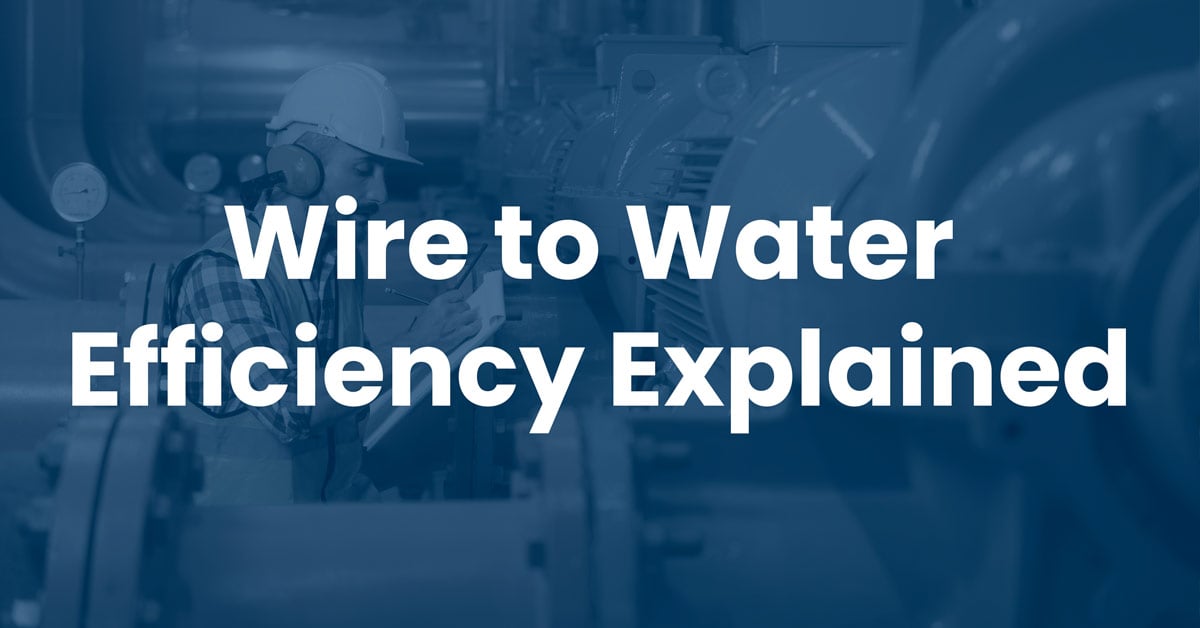
Wire to Water Efficiency: Why Is It Important?
Efficiency is an essential factor that influences pump selection. Wire-to-water efficiency is often a critical parameter when selecting a pump, especially when the pump needs to operate in an industrial environment. In large-scale industrial applications, even a difference of 10% in efficiency can significantly impact overall operating costs in a year.
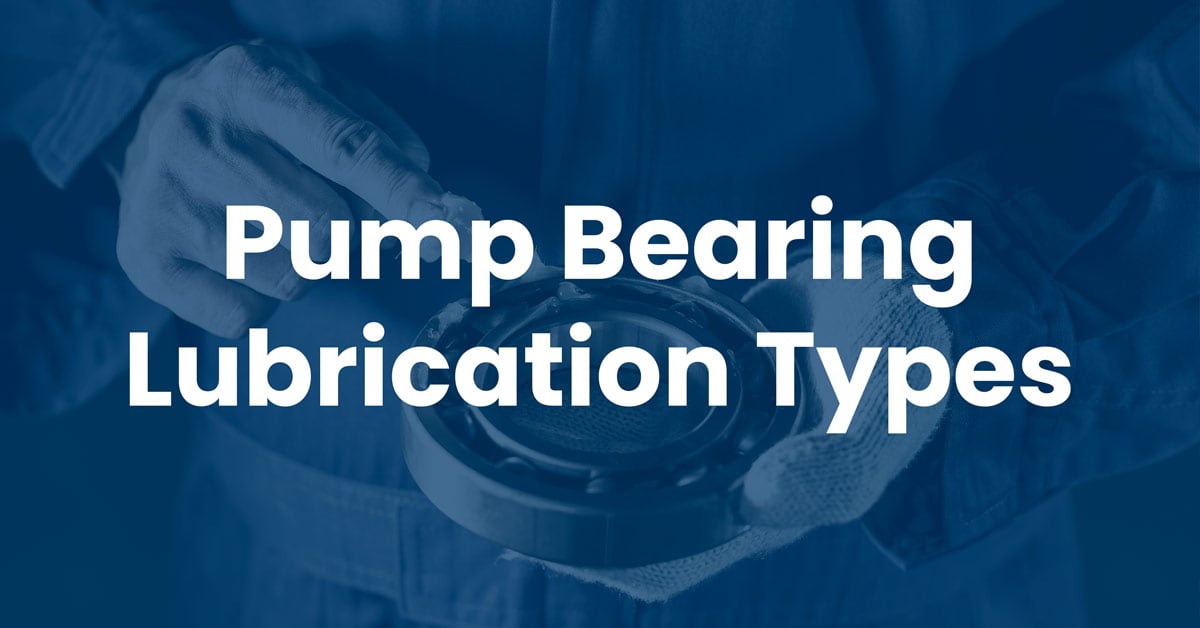
Pump Bearing Lubrication Types Explained
In industrial engineering, friction can be helpful in some areas while it can severely affect performance in others. In pumps, friction serves the latter purpose. When two surfaces slide across each other, there acts a resistive force called friction. This resistive force slows down the movement between the parts and expends energy in the form of heat or sound.
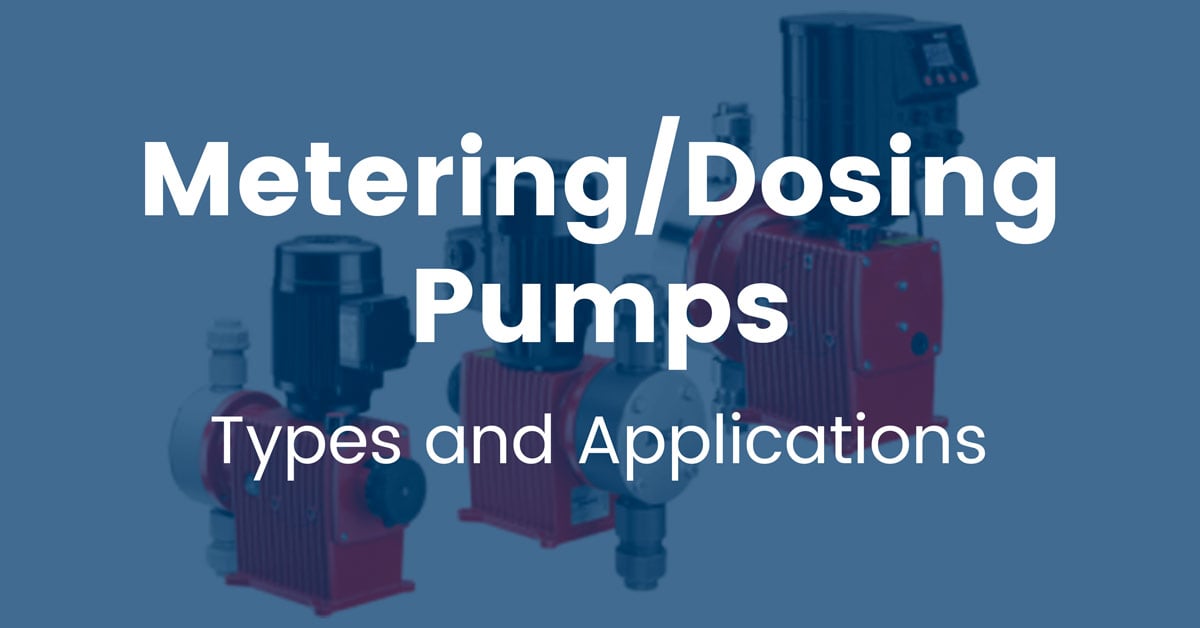
Metering/Dosing Pump Types and Applications
Metering/Dosing Pumps Explained: Types, Applications, and Selecting the Right Solution
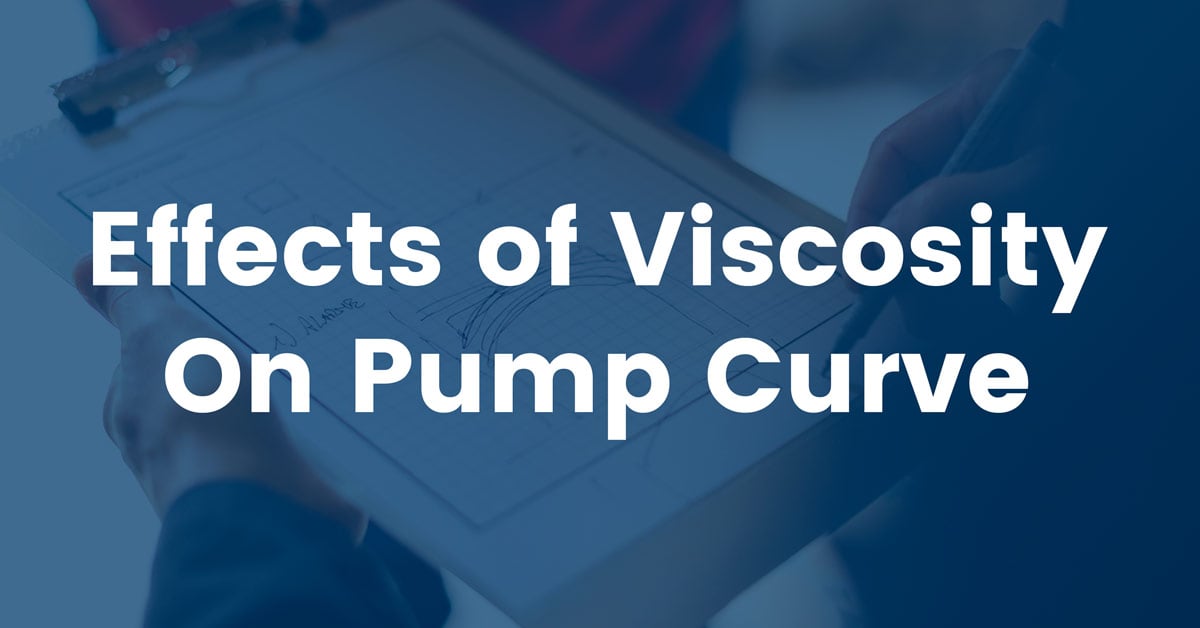
Effects of Viscosity & Specific Gravity on Pump Curve
The standard pump performance curve is plotted with reference to water as a fluid medium. However, in many cases, pumps are used for fluids other than water, and the characteristics of those fluids can have significant effects on the pump’s performance. Viscosity and Specific Gravity are two essential variables in fluids that can impact the performance of any pump.
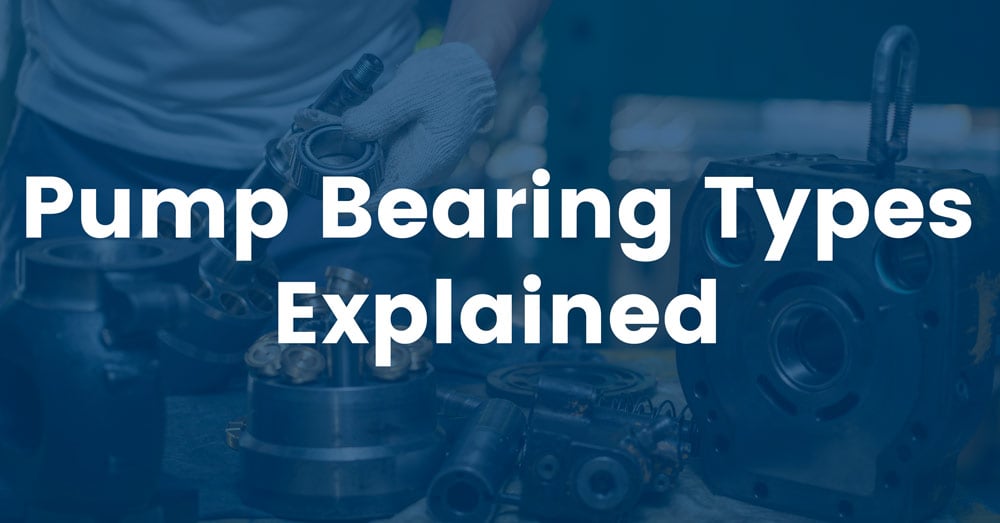
Pump Bearing Types Explained
Pump bearings are components that enable rotation within pumps under load. Therefore, a good bearing is essential for the pump to function correctly. However, 'pump bearing' is a broad term, encompassing different types of bearings that we use today. In addition, pump bearings are also classified based on the kind of load they can support.
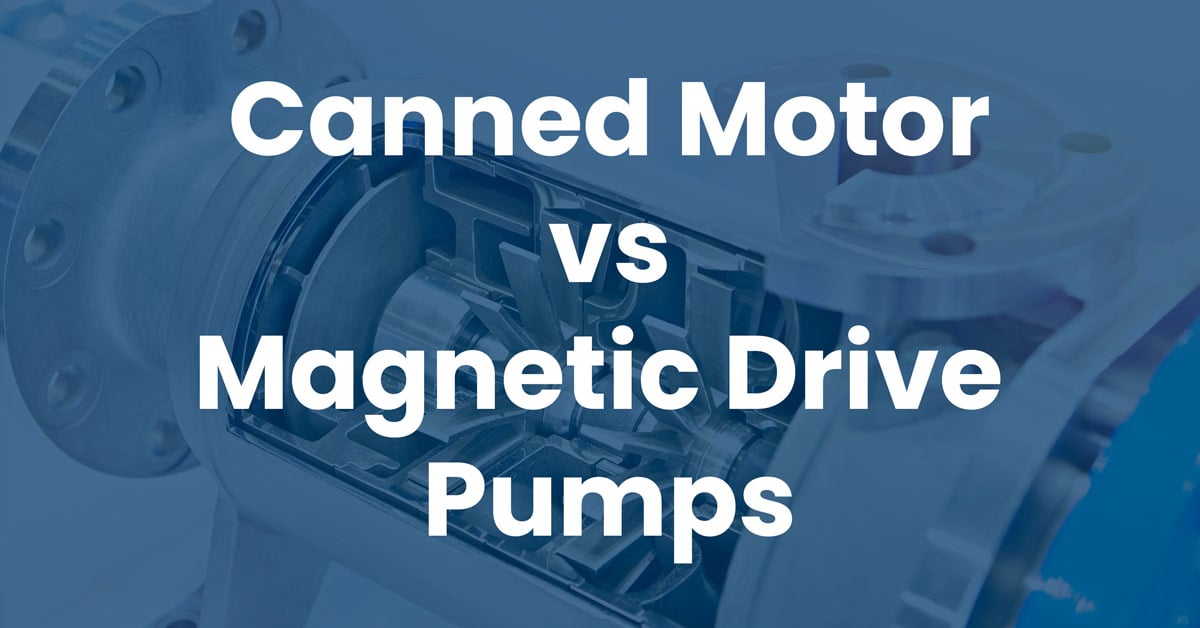
Canned Motor vs. Magnetic Drive Pumps
Canned motors and magnetic drive pumps fall into the category of seal-less pumps. Seal-less pumps replace the conventional mechanical seal with a static containment shell. The advantage of such a system is that it ensures no fluid leakage. Hence, seal-less motors are the preferred choice when you need to pump fluids that should not leak out in the atmosphere.
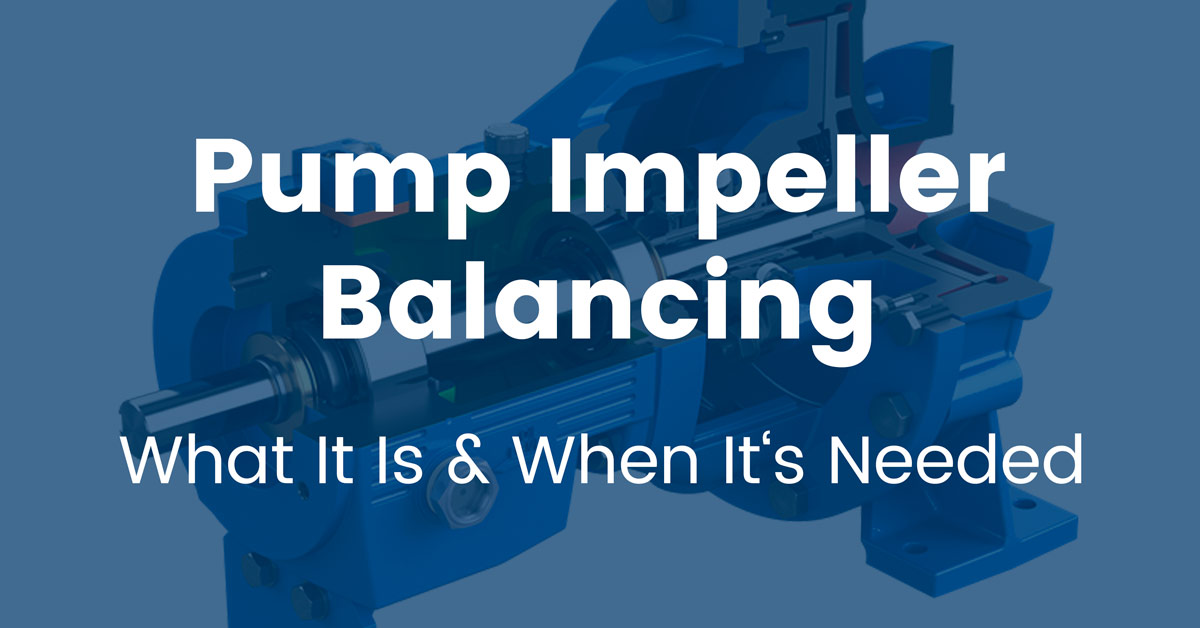
Pump Impeller Balancing: When Is It Needed?
Pump impeller balancing is not a term that you’d frequently hear when dealing with pump repairs. However, when it does pop up, it usually means a tedious job of restoring the efficiency of a pump to its original performance. Let’s find out what pump impeller balancing is, why it’s needed and how to perform pump impeller balancing.
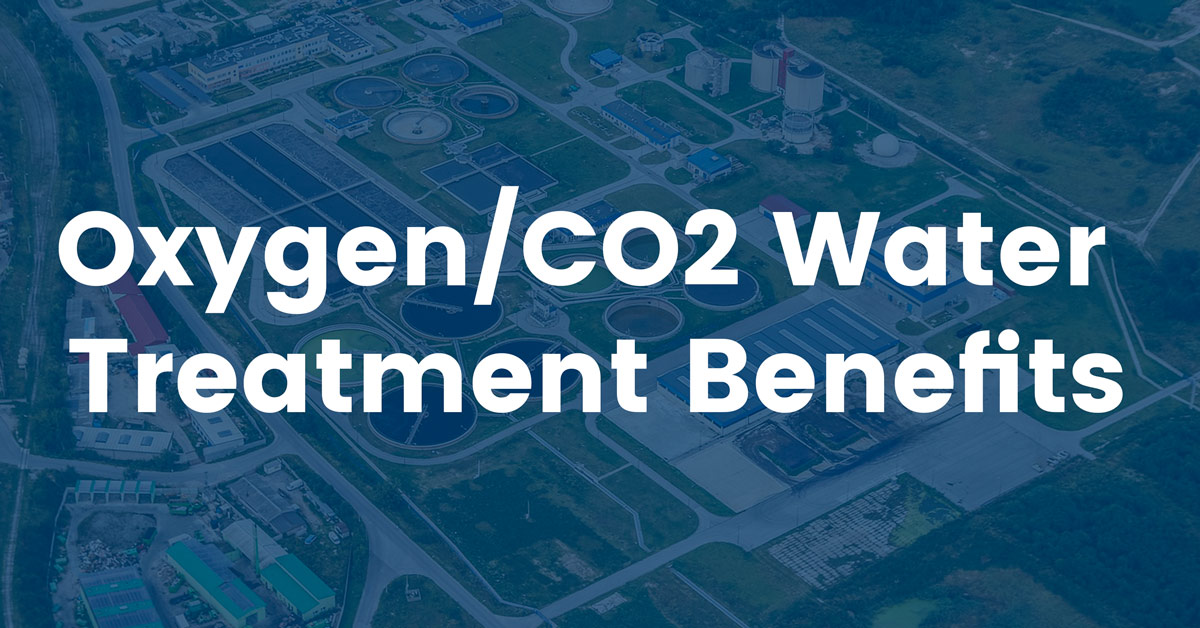
Oxygen/CO2 Water Treatment and Its Benefits
Wastewater from industries is a major hazard to the environment. According to a UN water report, 80% of all wastewater flows back to water resources without being treated. This is one of the reasons why many countries mandate industries to treat wastewater sufficiently before it's released.
